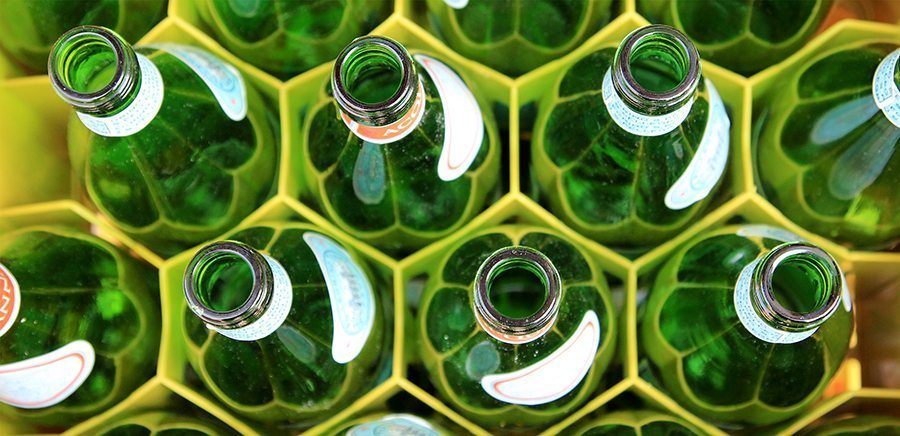So true. So many good journeys in life start with an ironclad commitment. Here we see it applied to pushing cars, trucks, buses away from gas into EV's. It is a promise of today and, more importantly for those who come after us, and tomorrow.
You don't need to read the whole thing, but just get a sense of how important this accord is to our future, smart mobility and, we hope, be inspired to participate and sign on to help build a brighter future.

THE TRANSPORTATION ELECTRIFICATION
A C C O R D
The following sets forth principles of the Transportation Electrification Accord (the “Accord”). We invite a diverse set of organizations representing NGOs and businesses to sign onto the Accord and to use it for policy design, education and outreach.
The Accord outlines how transportation electrification can be advanced in a manner that benefits all utility customers and users of all forms of transportation, while supporting the evolution of a cleaner grid and stimulating innovation and competition for U.S. companies.
CONTEXT AND GUIDING PRINCIPLES
- There is a clear case for electrifying transportation, which can provide benefits to all consumers (including the socioeconomically disadvantaged), advance economic development, create jobs, provide grid services, integrate more renewable energy, and cut air pollution and greenhouse gases.
- Electrified transportation should include, not only passenger cars, but also larger vehicles (e.g., transit buses and delivery trucks), as well as off-road equipment (e.g., airport and port electrification equipment).
- Accelerating an appropriate deployment of electric vehicle charging infrastructure based on market penetration projections along highway corridors, as well as throughout local cities and towns, is a critical element of electrifying transportation.
- It is critical to support electric transportation at the state and local government levels, whether it be through governors, state legislators, state commissions, state transportation agencies, state energy offices, mayors, or local governments.
- Electric utilities regulated by state and local commissions and boards, who serve the interests of the state and the public at large, have made substantial progress in accelerating the retirement of costly and less efficient fossil generation, and are poised to continue to make progress in promoting innovation, spurring greater grid efficiencies, and reducing harmful air pollution.
- Under appropriate rules, it is in the public interest to allow investor-owned and publicly-owned utilities to participate in and facilitate the deployment of electric vehicle supply equipment (EVSE) and/or supporting infrastructure for residential and commercial applications in their service territories to accomplish state and local policy goals. The distribution grid is incorporating new grid-edge features such as advanced demand response and distributed energy storage. In that broader context, utilities are well positioned to ensure that installed EVSE, whether owned by utilities or other parties, maximizes the public benefits of these innovations, through appropriate integration of these technologies in order tomaximize electrical system benefits for all classes of customers.
- The build out of EVSE must optimize charging patterns to improve system load shape, reduce local load pockets, facilitate the integration of renewable energy resources, and maximize grid value. Using a combination of time-based rates, smart charging and rate design, load management practices, demand response, and other innovative applications, EV loads should be managed in the interest of all electricity customers.
- To drive innovation and foster competition in the transportation electrification space, it is vital that open charging standards or protocols are adopted for both front-end and back-end interoperability. An open system also promotes greater transparency of vital data and information, which can be shared with a variety of innovative companies. The guidelines developed by the Open Charge Alliance (OCA) should be used as the baseline. Data developed by third parties from behind-the-meter devices should also be made available to utilities for use in planning system architecture and EVSE.
- Consumers and EV owners will benefit greatly from a smart, efficient, and open architecture throughout the EV infrastructure. Ensuring interoperability throughout the EV architecture means that consumers should be able to roam easily among the different networks, with a common identification and authentication process, with as little hassle as possible. In addition, key consumer protection principles should be adhered to for all deployed EVSE regardless of the EVSE owner, including transparent pricing and open access policies. Drivers who charge in a manner consistent with grid conditions should realize fuel cost savings. Mapping locations and signage of the stations should also be provided for all consumers.
- Utilities should proactively engage their regulators, consumers and all stakeholders in developing rate designs, infrastructure deployment programs, and education and outreach efforts that benefit all utility customers and allow reasonable cost recovery, while accelerating widespread transportation electrification that supports a reliable and robust grid.
- Best practices, standards and codes should be a priority for all transportation electrification infrastructure installations. As new open standards and more advanced security measures are developed, these should be implemented in a timely manner by all operators of EVSE. It is critical that industry participants continue to collaborate on consistent communication protocols between the vehicle, infrastructure and grid to ensure system safety, security and reliability.















